‘Great Adaptations’ unravels mysteries of amazing animal abilities
Kenneth Catania has resorted to some unusual experiments to understand the lives of star-nosed moles, electric eels and other remarkable animals.
Every print subscription comes with full digital access

Our SN 10: Scientists to Watch for 2020 include researchers tackling wildfire smoke, teen suicide and earthquake monitoring.
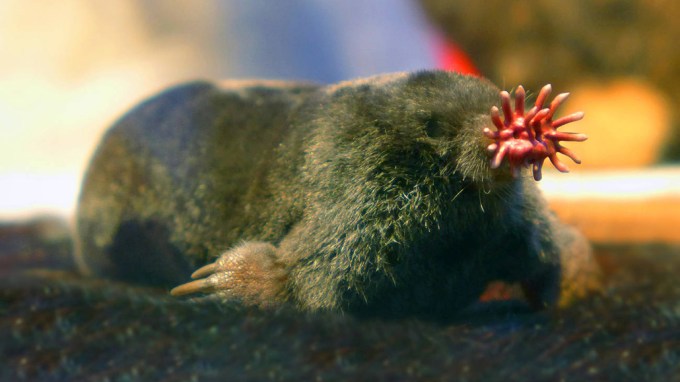
Kenneth Catania has resorted to some unusual experiments to understand the lives of star-nosed moles, electric eels and other remarkable animals.
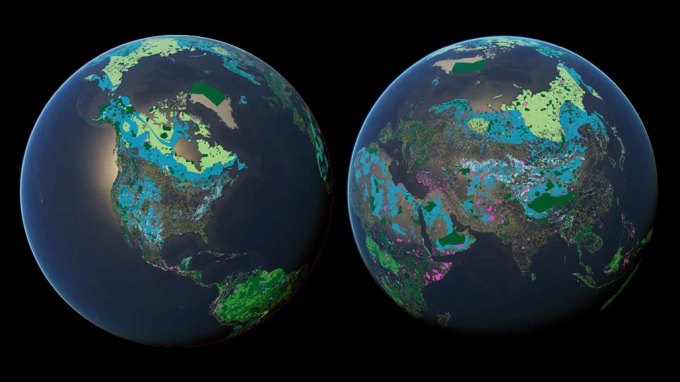
An analysis lays out where new land protections could complement existing protected areas to achieve various conservation and climate goals.

Though earthquake prediction remains elusive, early warning systems can help keep people safe.

Scientists and journalists share a core belief in questioning, observing and verifying to reach the truth. Science News reports on crucial research and discovery across science disciplines. We need your financial support to make it happen – every contribution makes a difference.
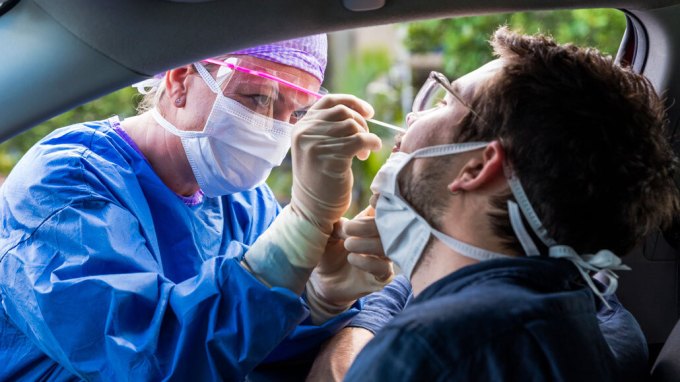
Scientists are developing and testing ways to prevent the virus from settling in prime nasal real estate.
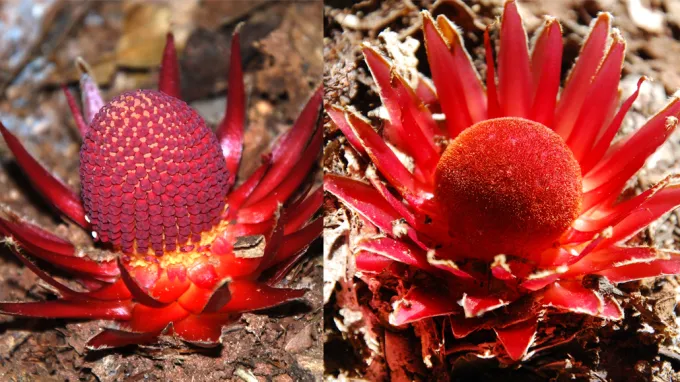
With only four known species, Langsdorffia are thieves stripped down to their essentials.

Of about 3,200 people ages 18 to 34 hospitalized with COVID-19, nearly a quarter entered intensive care, and 10 percent were placed on ventilators.
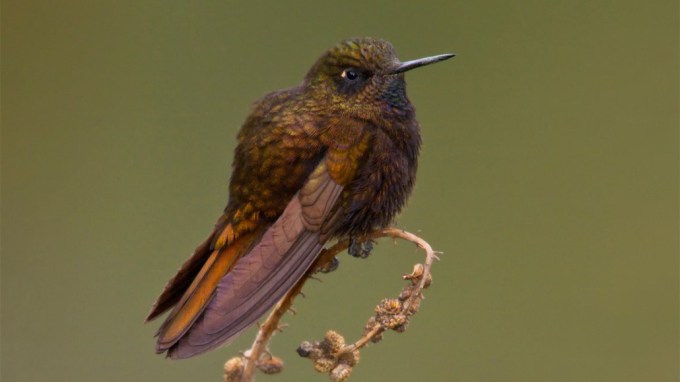
To survive cold Andean nights, the black metaltail saves energy by cooling itself to record-low temperatures, entering a state of suspended animation.
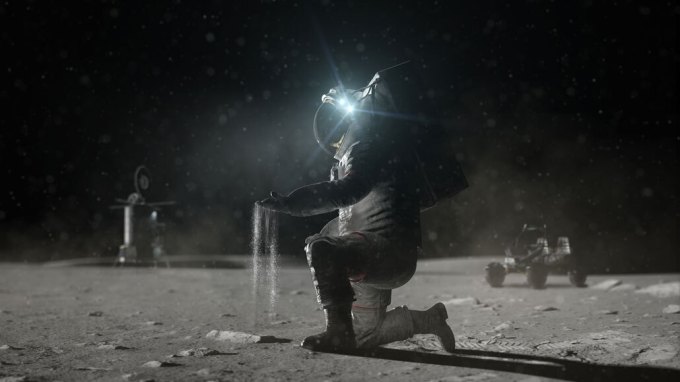
An electron beam is the newest addition to a suite of technologies for cleaning sticky and damaging lunar dust off surfaces.
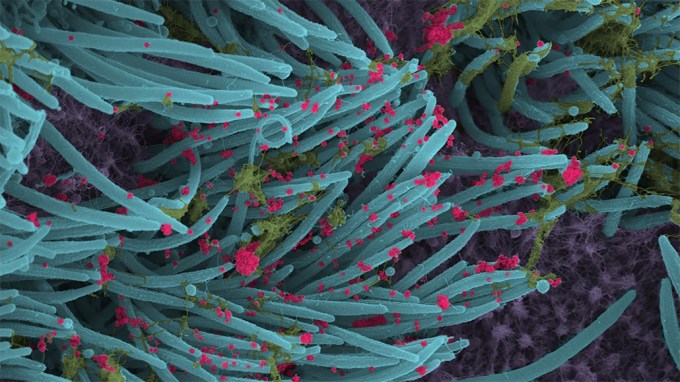
Microscopic views reveal virus particles coating the hairlike cilia of an airway cell from the lungs.
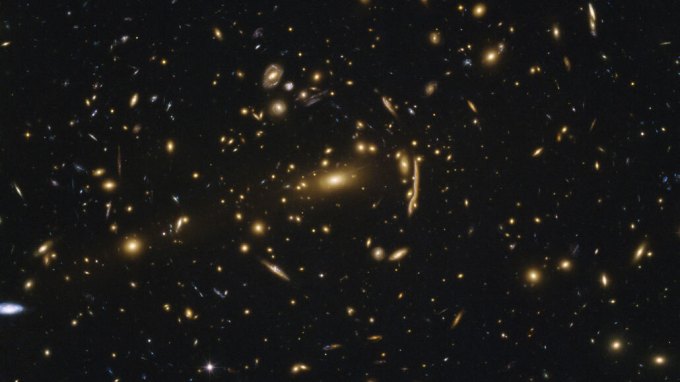
Cosmologists have found one more way to be confused by dark matter.
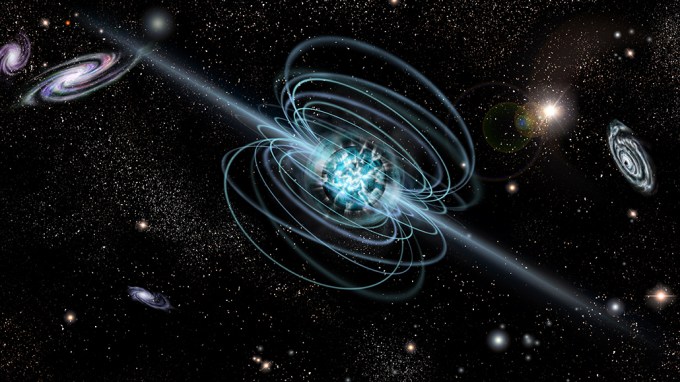
Highly magnetized stellar corpses called magnetars may be the source of two different cosmic enigmas: fast radio bursts and high-energy neutrinos.
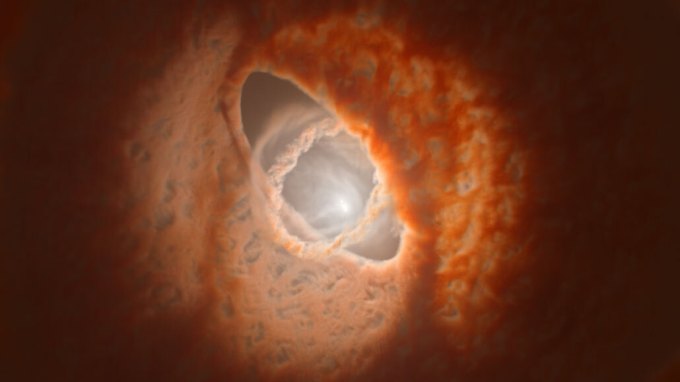
The bizarre geometry of a disk of gas and dust around three stars in the constellation Orion could be formed by “disk tearing” or a newborn planet.

But scientists say making changes in DNA that can be passed on to future generations still isn’t safe and effective, yet.
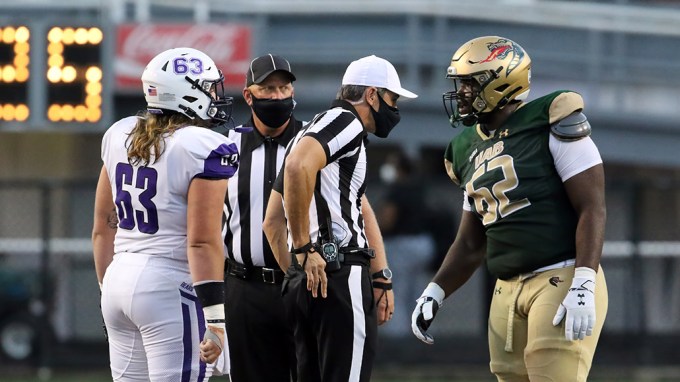
Four of 26 college athletes, who had mild or asymptomatic COVID-19, may have had myocarditis, an inflammation of the heart muscle.
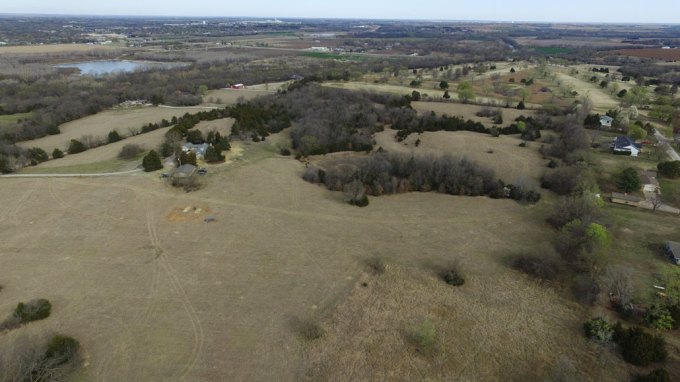
An earthwork buried under a cattle ranch may be part of one of the largest Native American settlements ever established north of Mexico.
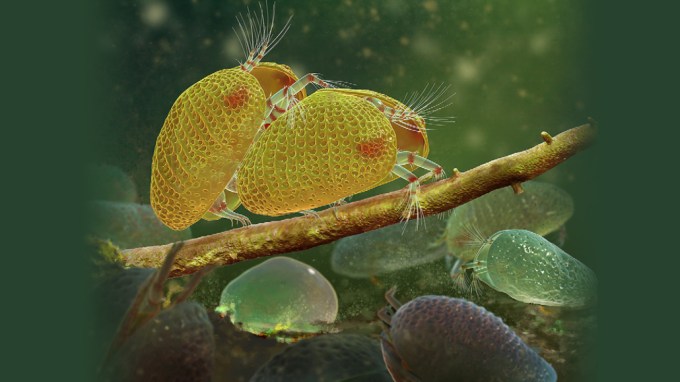
Giant sperm preserved in an ancient ostracod may be the oldest known sperm fossil, showing that giant sperm have existed at least 100 million years.
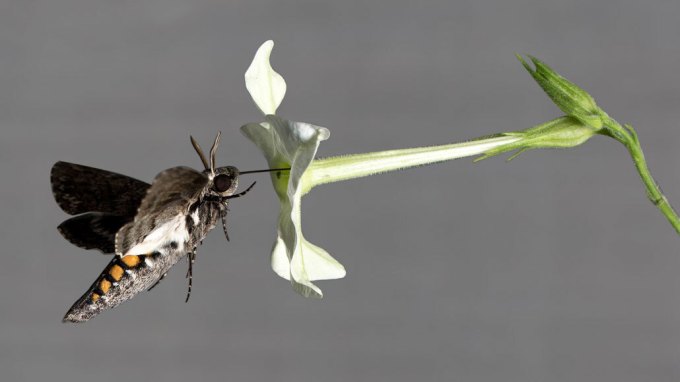
In the lab, scientists taught tobacco hawkmoths that a scent changed by ozone is from a favorite flower.
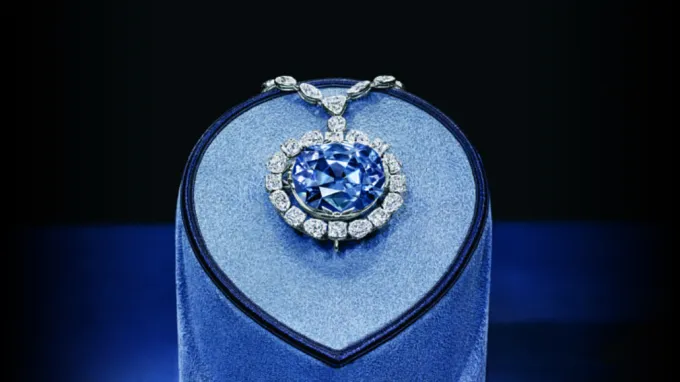
Chemical analyses of the rarest diamonds suggest the planet’s carbon cycle may not go as deep as scientists thought.
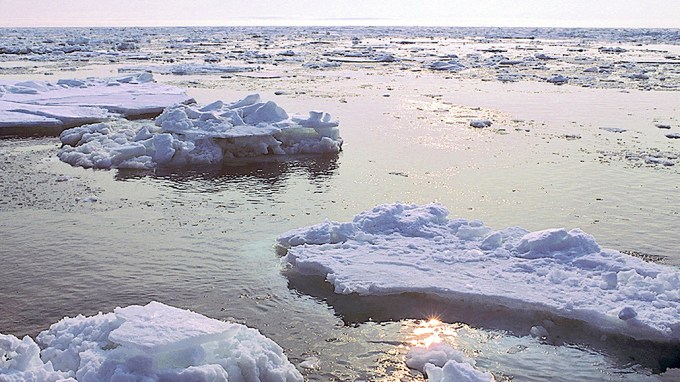
Peat cores that record five millennia of climate shifts in the Arctic region suggest recent ice loss is linked to rising carbon dioxide levels.
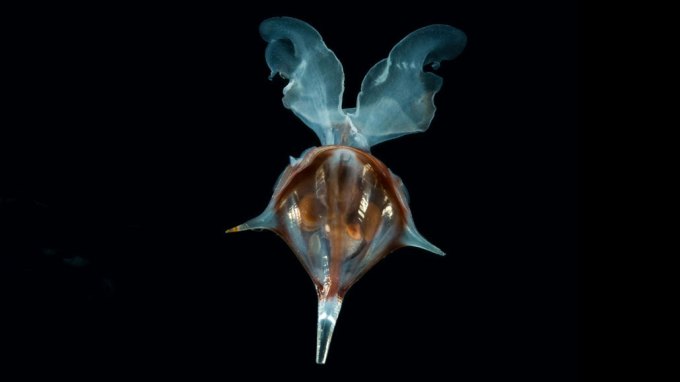
New aquarium videos show that sea butterflies of various shapes and sizes flutter through water differently.
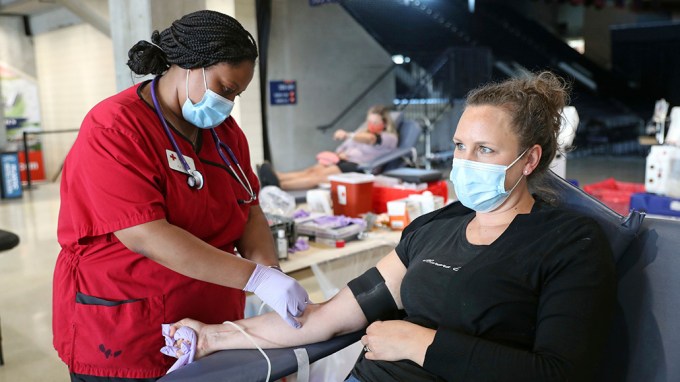
Testing donated blood for antibodies to the coronavirus highlights that the vast majority of the United States remains susceptible to infection.
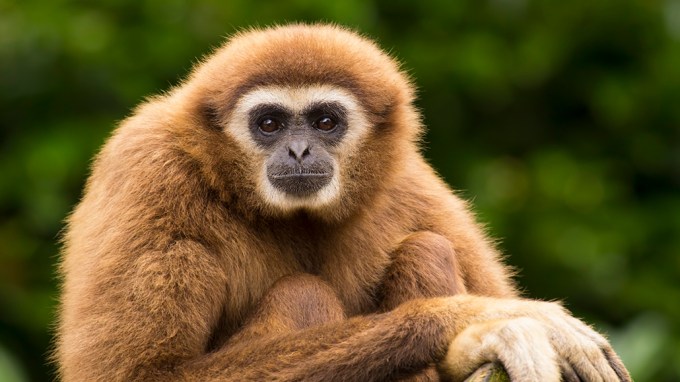
A newly described tooth puts ancestors of these small-bodied apes in India roughly 13 million years ago.
Subscribers, enter your e-mail address to access the digital replica edition.